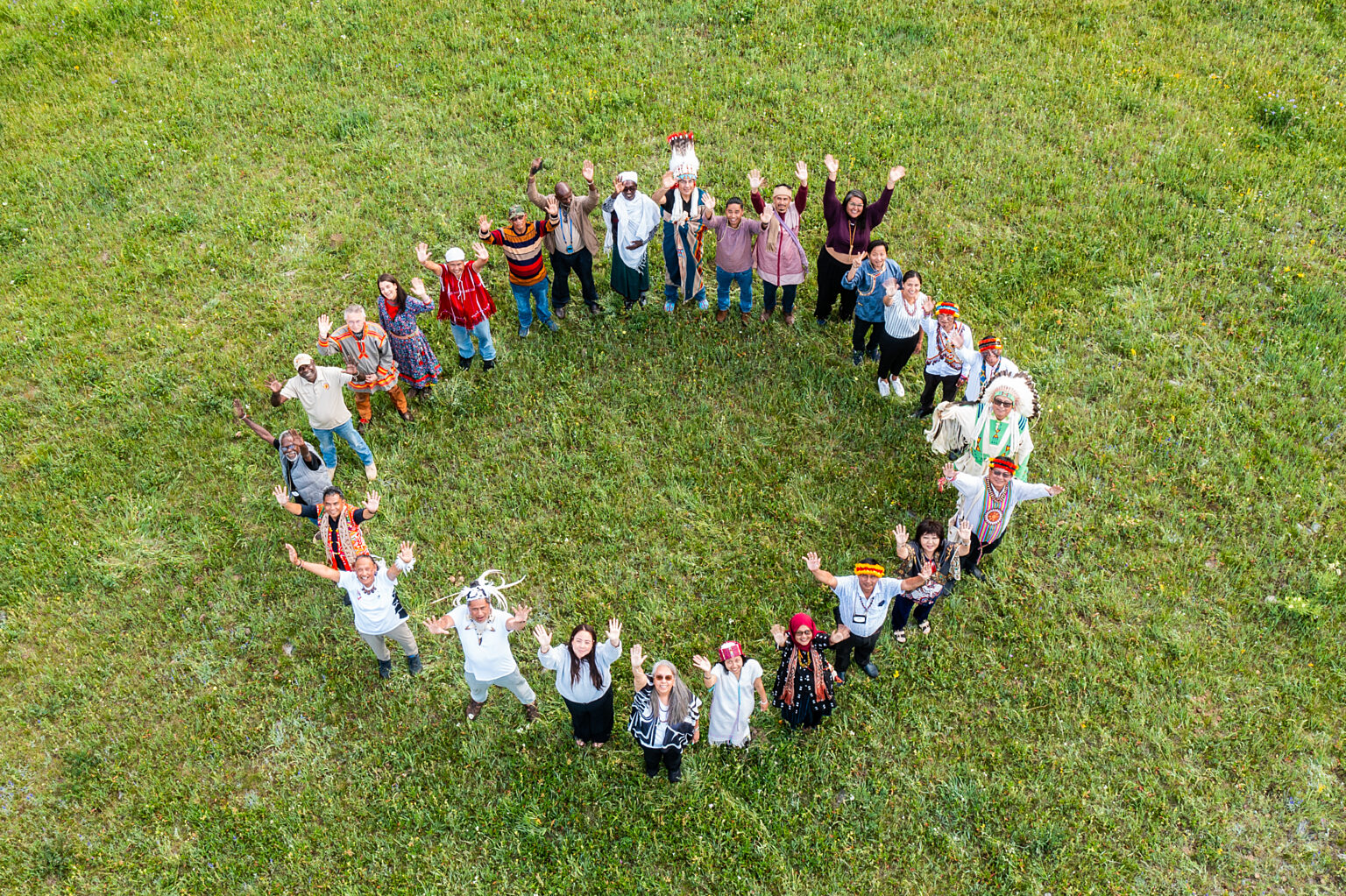The Warddeken Indigenous Protected Area is part of the larger Arnhem Land, a vast Indigenous territory over twice the size of Switzerland in northern Australia, and home to Indigenous cultures dating back over 65,000 years. Arnhem Land is one of the largest Aboriginal reserves in Australia and is perhaps best known for its isolation, the art of its people, and the strong continuing traditions of its Indigenous inhabitants. Cultural beliefs have minor variations from clan to clan although it is understood that the land and the people were created by spiritual ancestors. They made the rivers, the water holes, the hills, the rocks and all living things. They gave each clan their land, their totems, their laws to live by and their dreaming.
The Nawarddeken, who are the traditional owners of Warddeken, make up 36 clan groups of the Bininj Kunwok language group. Their ownership of the land is recognized under the Aboriginal Land Rights (Northern Territory) Act 1976. Together they created the Warddeken Indigenous Protected Area in 2009, including 1,394,951 hectares of spectacular stone and gorge on the West Arnhem Plateau/Land, Northern Territory (NT), immediately east of Kakadu National Park. The plateau is significant for numerous threatened species and is of great cultural significance as thousands of rock art sites tell stories and record the way Indigenous Peoples lived tens of thousands of years ago, some documenting first contact with Europeans; some of the richest density of rock art galleries in the world.




















